University of Alaska Fairbanks mission tests remote gas sampling system at Costa Rica’s Poás volcano
In early March, a team from the University of Alaska Fairbanks (UAF) used drones to collect gas samples from the crater of Poás volcano in Costa Rica. Their mission, led by research assistant professor Társilo Girona, aimed to make volcano research safer by testing a new method of soil gas measurement using unmanned aircraft.
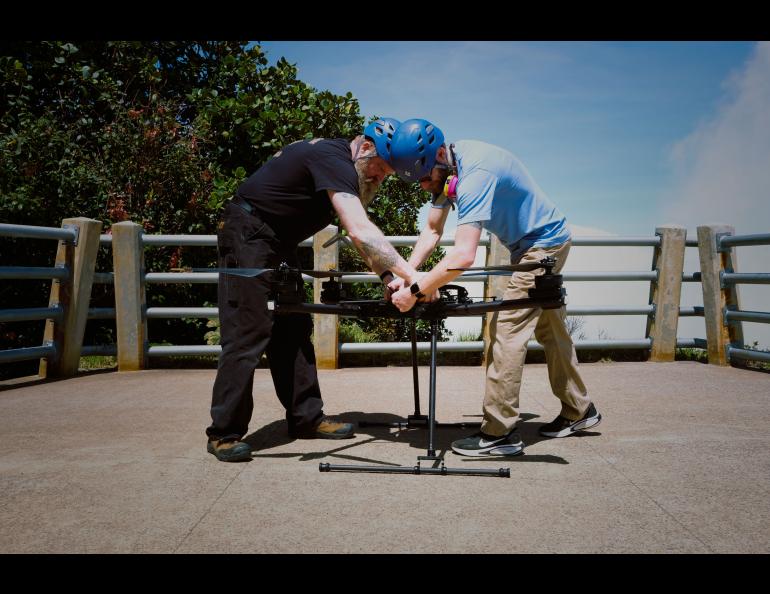
“Our goal was to test a new and safer way of measuring soil degassing at a variety of spots in an active volcanic crater, and we accomplished that goal,” Girona said. “The UAF drone team was fantastic, and the equipment performed exceptionally well.”
The drone-based approach allowed researchers to collect data from a volcanic crater about half a mile wide and 1,000 feet deep—one of the largest on Earth—without exposing personnel to dangerous conditions.
Part of a Larger International Effort
The UAF mission was part of a broader international experiment focused on understanding the plumbing system of Poás volcano. Now in its second year, the Poás community experiment began during the 12th Cities on Volcanoes Congress held in Guatemala and is supported by the AVERT (Anticipating Volcanic Eruptions in Real-Time) project in collaboration with Costa Rica’s Volcanological and Seismological Observatory (Oviscori).
Poás is one of Costa Rica’s most active and accessible volcanoes, standing 8,848 feet above sea level and located about 25 miles from the capital, San José. It has seen increased seismic activity and sulfur dioxide emissions, along with ground uplift. A steam-driven eruption on March 1 released an ash column as high as 1,300 feet, followed by additional eruptions.
“The challenge with phreatic explosions lies in their sudden occurrence, with little to no warning,” Girona said. “I hope using drones to measure soil degassing and soil conditions can help us to better anticipate these events.”
Innovative Use of Drone Technology
The Alaska Center for Unmanned Aircraft Systems Integration (ACUASI) provided the team and equipment for the drone volcano mission. This marked the group’s first drone flight into an active volcanic crater. Team members included drone pilots Jason Williams, Matthew Westhoff, and James Copple, alongside Girona.
The crew worked from a safe viewing platform located about one-third of a mile from the crater. They deployed two drones: a small Parrot drone to scout a safe landing area and a 24-pound Alta X Heavy Lift drone to carry the scientific instruments.
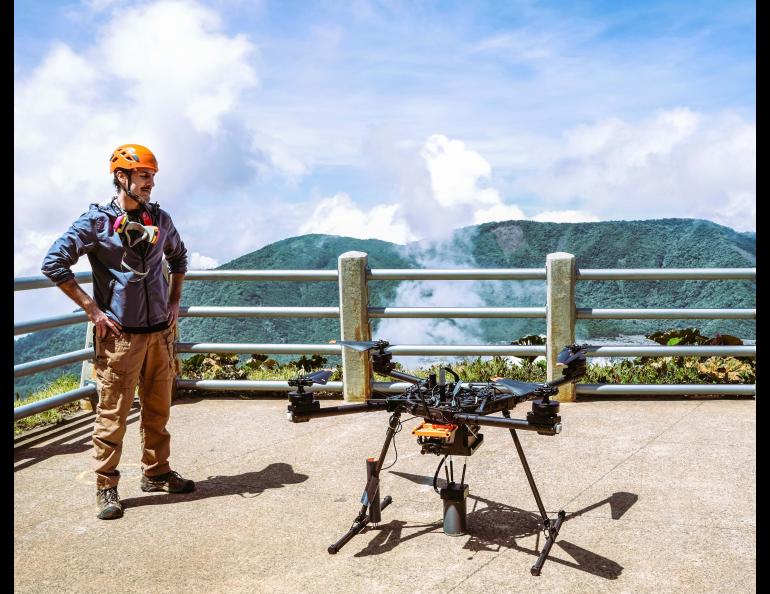
The Parrot drone remained airborne to monitor activity while the Alta X approached the landing site. The Alta X carried a gas accumulation chamber, gas sensor, and soil sensor. It landed, powered down its rotors, and pressed the chamber into the soil to collect samples for about two minutes before moving on to the next site.
“The aircraft performed extremely well in the challenging environment of the volcano,” said Williams, ACUASI’s chief unmanned aircraft systems pilot.
“There were some challenges to overcome, mainly the difficulty in determining the height of the instrumented aircraft from the ground while performing the landing and the exact lateral position in relation to the desired landing spot,” he added.
Coordination was essential, as a third drone operated by Copple provided real-time altitude data to guide the Alta X pilot during landing.
“There was an enormous amount of crew coordination by all three pilots while attempting to land the instrumented drone in the crater,” Williams said. “Since all three aircraft were airborne and in close proximity to each other, we were constantly informing each other of our height and position.”
Promising Results and Next Steps
The team collected data on carbon dioxide, water vapor, soil temperature, and moisture—key indicators of magma and hydrothermal activity. Girona said the mission proved that drones can conduct remote soil degassing campaigns safely and efficiently.
“It demonstrates the feasibility of using our approach for remote soil degassing measurements in challenging environments,” Girona said. “The mission not only confirmed the viability of the technique but also provided critical experience that will enhance future deployments in similar volcanic environments.”
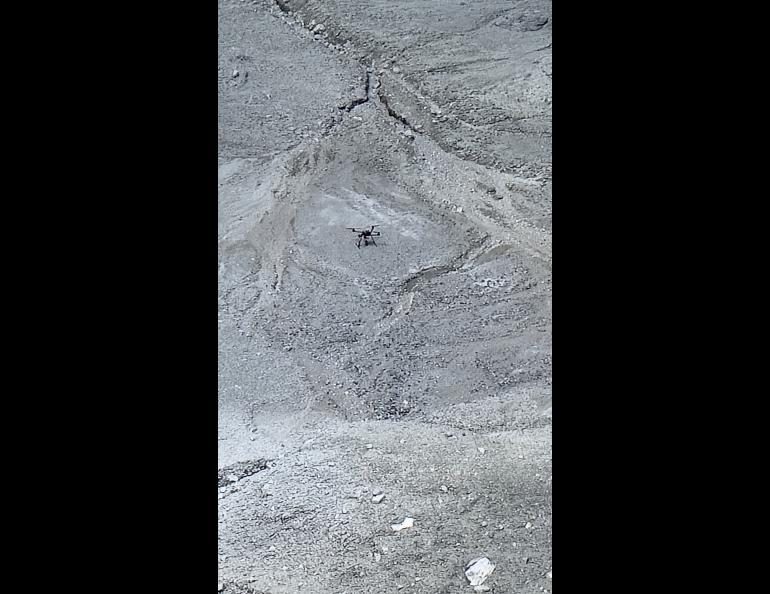
Looking ahead, Girona hopes to secure additional funding to improve the method, expand to new volcanoes, and integrate more advanced technologies.
“With additional funding, we plan to refine and optimize our approach, expand fieldwork to different volcanic environments, and integrate advanced technologies to enhance measurement capabilities,” he said.
Girona plans to publish results from the Poás volcano campaign, further contributing to the growing body of research in safe, remote volcanology. Learn more about the mission here!
Read more:
- Drone Cargo Delivery: University of Alaska to Build New Hangar for Base of Operations
- A 45 Mile, Airport-to-Airport Drone Delivery in Alaska
- UAF Unveils New Icing Tower to Enhance Drone Safety in Arctic Conditions

Miriam McNabb is the Editor-in-Chief of DRONELIFE and CEO of JobForDrones, a professional drone services marketplace, and a fascinated observer of the emerging drone industry and the regulatory environment for drones. Miriam has penned over 3,000 articles focused on the commercial drone space and is an international speaker and recognized figure in the industry. Miriam has a degree from the University of Chicago and over 20 years of experience in high tech sales and marketing for new technologies.
For drone industry consulting or writing, Email Miriam.
TWITTER:@spaldingbarker
Subscribe to DroneLife here.

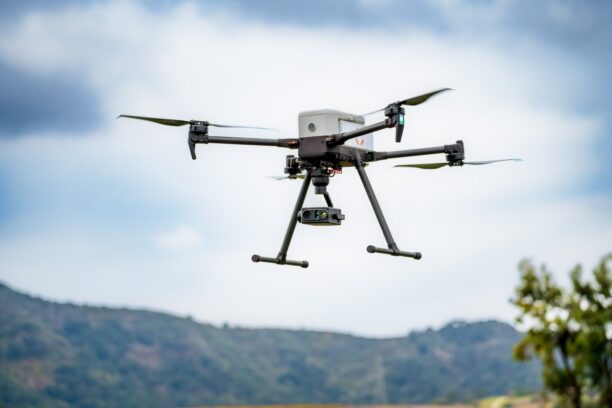
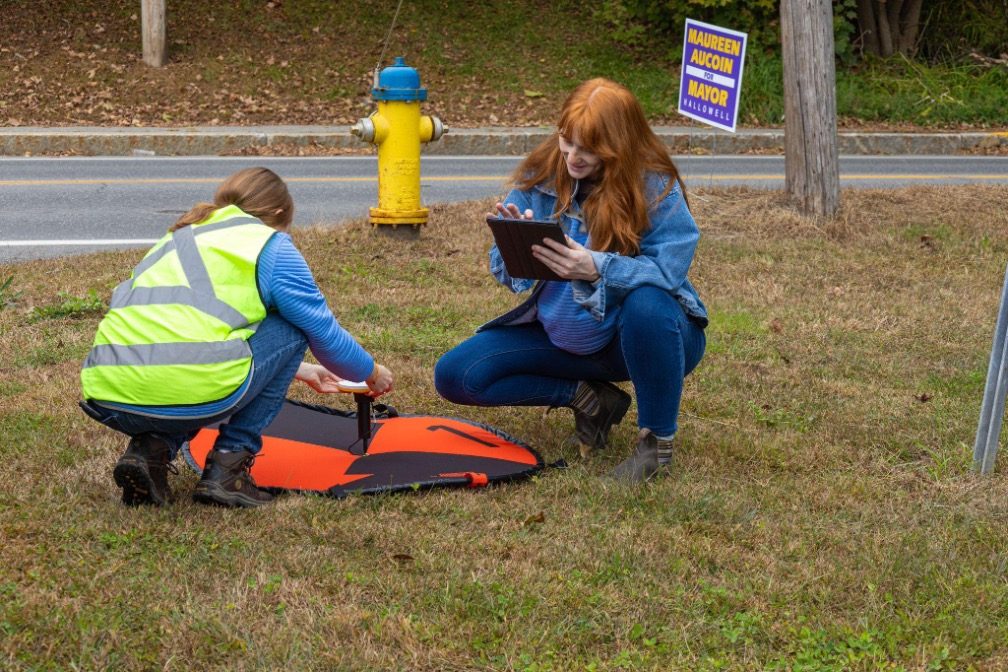
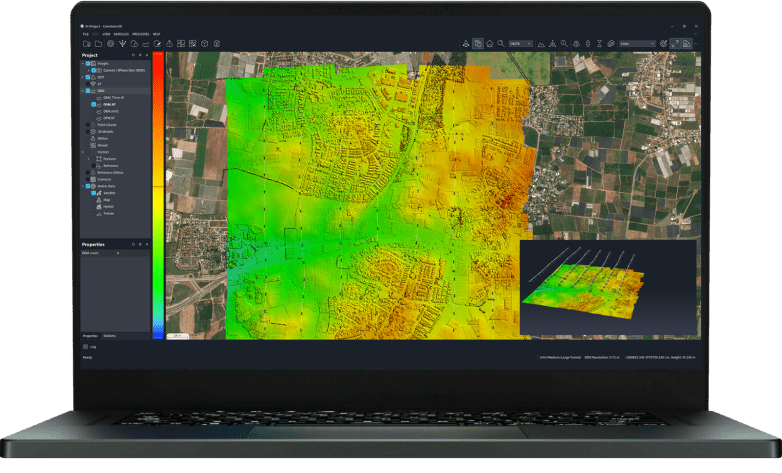
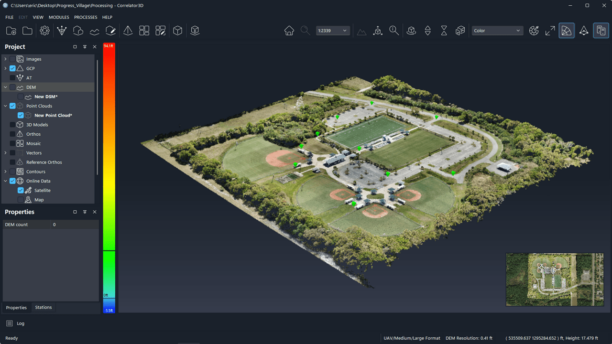
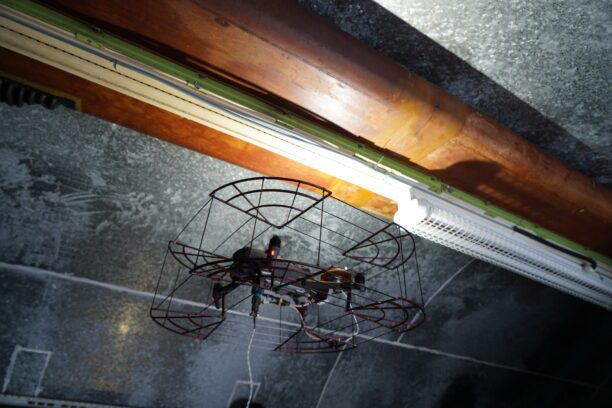
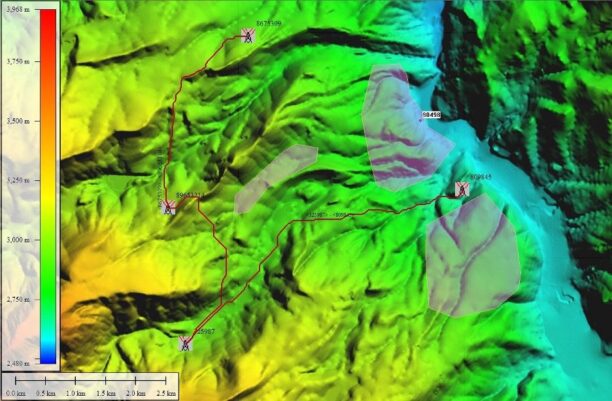
Leave a Reply